The Orchestrated Collisions of Jim Houghton
As a field, we talk frequently about the results of season planning, but we rarely are given the opportunity to examine the myriad decisions season programmers need to make. Transparency about this demanding and sometimes exasperating process could be helpful to the relationship between artists and theatre organizations as well as a fascinating read for all of us who enjoy performance. Read the full series here.
This is Jim Houghton’s final season as artistic director of the Signature Theatre in New York City. While most artistic directors program individual seasons, Jim Houghton selects playwrights for ongoing relationships and the seasons at the Signature Theatre are built from a consideration of those writers’ works. I recently spoke with Jim about his goals for the Signature Theatre and the residency programs the theater offers.
Fran Kumin: Please tell our readers about Signature Theatre and your reasons for founding it almost twenty-five years ago.
Jim Houghton: It seemed by my estimation at the time that our writers were often sort of sidelined—they would be invited to final dress rehearsals, or opening night, but they weren’t necessarily fully engaged in the process of making the work. Many writers were pigeonholed as a particular kind of writer—we were not looking at work in the raw context of their full body of work. As a result, playwrights were falling prey to the hit or miss ethic—that you’re only as good as your last play. And if you’re Edward Albee, or someone of that note, you might get two passes if your plays aren’t well received, but after that you’re done.
A lot of things were surfacing. Romulus Linney, who subsequently became Signature’s first writer-in-residence, cast me in a play he was directing and writing. It was the first time I was in a process with the writer, and there was something so organic and exhilarating about that process. The room felt so spontaneous, as though anything could happen at any time. Just being in the room together led to greater clarity in the storytelling—a sense of the piece evolving and developing literally in the room.
Romulus had an enormous body of work, but he was pegged as an Appalachian writer, which only represented a third of his work. He had become hypersensitive, and almost bitter, about how he was so dismissed in the process of making the work that over time he began to isolate himself. I began to wonder, what if you dug in and did an entire season of a single writer’s work; to try to broaden the audience’s perspective of that writer’s work; to engage the writer in every facet of the process—would that address some of these issues?
So, when we started the company in 1991 we did just that. By the end of that season, Romulus was rejuvenated and refueled. He became a full professor at Columbia University, two anthologies came out, and there was more context for who he was and his life's work. It was a tremendous benefit to him, and to us. We all felt grounded. The core of any artistic endeavor is to unleash and open up the story—to do it in the most organic way—to reveal a part of ourselves in so doing. The entire season all participants felt empowered in this way, and that really was the beginning for the company.
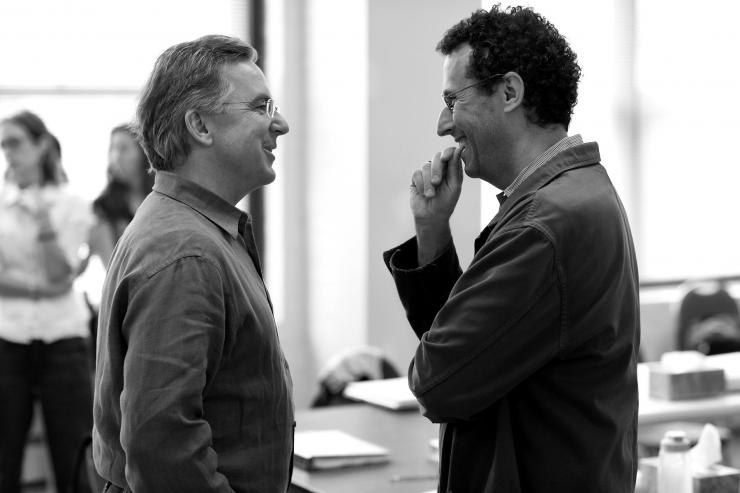
Fran: Until you moved into the Pershing Square Signature Center in 2012, you devoted each season to the work of one playwright. Who are some of the other playwrights with whom you’ve worked?
Jim: In the first nine seasons, we worked with: Romulus Linney, Lee Blessing, Edward Albee, Horton Foote, Adrienne Kennedy, Sam Shepard, Arthur Miller, John Guare, and María Irene Fornés.
Approaching our tenth anniversary, I realized we had these incredibly deep relationships with each of these individual writers. They came to see each other’s work and built their own community. For the tenth anniversary season I created the Legacy Program, which invited all nine Residency One playwrights to come back and write new work for us. This resulted in a two-year all premiere season of the writers we had just done over the previous nine years. The final program that we created incorporated the core tenants and principles of Residency One into what became Residency Five—a five-year residency dedicated to nurturing bodies of work. In Residency Five we commit up front to produce three new works by the playwright during their five years with us. The residency is shaped, defined, and custom-fit to each writer, so we will do multiple workshops if that is how the writer wants to work, or we will do no workshops if that is how a writer wants to work.
I did not want to begin Residency Five until we were under one roof that could house all three programs simultaneously. So that once you graduated from Residency One or Residency Five you could then return through the Legacy Program. It was essential that they coexisted under one roof because collectively they are trying to address much broader issues of our field—of development of work, of these individual artists, and of course the plays themselves. I often say that at the end of the day the plays we do are the happy, very happy, byproduct of what we really do—build relationships.
If you come to see a production here there is always another production, or two others going on at once that are representative of the three programs. We have three theatre spaces, and a smaller studio space that are all around a single shared lobby. I refer to the theatres as the space where the work happens—that’s the what—but the lobby is trying to address the why. Why do we go to the theatre? I believe we go to the theatre to collect as a community and to collide with one another. The design of our building is meant to orchestrate a series of collisions.
I often say at the end of the day the plays we do are the happy, very happy by-product of what we really do—build relationships.

Fran: What you said is very true for me as an audience member. Could you talk specifically about the role of the playwright in choosing which plays are produced from their body of work?
Jim: My role as artistic director is to program this work, but I don’t do it alone. I work closely with Associate Artistic Director Beth Whitaker, who has been here for sixteen years, but the key partner in the decision process is the playwright. I start all Residency One conversations by going through the artist’s entire body of work with the artist and we discuss everything they have ever written. Out of that conversation things usually start to surface. There might be disappointments around past plays they felt didn't get on the right footing, or productions that have haunted them over the years, or there might be something they have never tried but want to now. The season starts to percolate and then we discuss all the artists they’ve worked with, their important artistic relationships, and which, if any, want to be revisited.
Because of the way the programs are structured, we are never talking about a single play. We’re always talking about multiple choices, and what those multiple choices mean. Do they rub up against each other, or do they not? It’s a real game changer for the artist.
Fran: Who are the writers in residence right now?
Jim: Our Residency One writers are A. R. Gurney and Naomi Wallace. Our Residency Five Writers include: Annie Baker, Martha Clarke, Will Eno, Katori Hall, Quiara Alegría Hudes, Branden Jacobs-Jenkins, Lisa Kron, Kenneth Lonergan, and Regina Taylor. And the Legacy Program Writers for our 15–16 are: Arthur Miller, Bill Irwin, Edward Albee, María Irene Fornés, and Adrienne Kennedy
Fran: That is quite a diverse group—in so many ways—and certainly among the Residency Five playwrights women are particularly well represented. Has that always been a concern for you?
Jim: Absolutely. When we were starting out. I was turning to writers who had thirty-plus years of experience, because I was looking for a deep body of work. In 1991 this meant finding folks who had been writing in the 1950s or the 1960s. Arthur Miller had been writing since the 1930s, Horton Foote since the 1940s, and Edward Albee from the 1950s. So our pool of writers in the 1990s was very much a boys’ club, this was part of my naïveté starting out. We were male heavy in the Residency One. In the Residency Five it has been important to represent as much diversity as possible in terms of point of view, gender, age, and race.
Fran: You recently embarked on the 25th anniversary season. Could you tell us a little about what you are going to be producing?
Jim: Over the course of the season we will feature ten resident writers. Annie Baker is kicking off the season with a brand new play called John. It’s a terrific piece of writing, and I am very proud of it. Concurrently we are co-producing A. R. Gurney’s new play, Love & Money, with Westport Country Playhouse. That will be followed with bringing Arthur Miller’s Incident at Vichy to life, which will celebrate his 100th birthday. It is a play that Arthur and I talked about doing when he was in residence with us nearly twenty years ago. It’s a really relevant piece of writing that rarely gets done because it has an enormous cast and incredibly dark subject matter. We will also be doing Naomi Wallace's new play, Night is a Room, which is a fascinating piece, followed by a revival of Old Hats, a piece we developed with Bill Irwin and David Shiner, featuring new original music by Shaina Taub. We’re also producing Martha Clarke’s Angel Reapers, which previously had a very short run at the Joyce Theater. This will be Martha's second project with us. And finally the last two projects of the season will be a brand new play by Quiara Hudes, her first with us, followed by an evening of one-acts that were all produced at Signature over a twenty-five-year period: Sandbox by Edward Albee, Drowning by María Irene Fornés, and Funnyhouse of a Negro by Adrienne Kennedy.
Fran: What were your primary considerations in putting this season together? How does your understanding of the Signature Theatre audience figure into your season selection process?
Jim: Season planning always begins with a primary question, “how are we in service to our writers and the work itself?” Because we're building from relationships and residencies first there is an organic flow to how seasons get built. Each writer in residence is in a process of making work so the work flows from them and any given project in a season may have been nurtured anywhere from one to five years. So, we begin with that flow of work and if we've done our job well there is a broad range of diversity of plays that have been seeded over the many residencies and years.
Specifically, as we approached our 25th Season, it was important to represent the broad spectrum of writers who have been part of the Signature family. To that end we have ten of our writers represented in this anniversary season, four premiere works, and a range of playwriting and playwrights whose output spans over nearly nine decades. It's a comprehensive look at our Signature body of work and in turn, a view into the evolution of the contemporary American theatre.
Finally, I never program for an audience but rather remain committed to our mission, which ultimately, serves both artist and audience alike. I believe firmly that if we commit to an authentic process which embraces the artistic impulse, seeds diversity in the work, and provides an intimate setting for that work, the rest will follow and we will serve our audiences with vital and compelling theatre.
Because of the way the programs are structured, we are never talking about a single play. We’re always talking about multiple choices, and what those multiple choices mean.
Fran: As you approach the end of your tenure as artistic director, what are your hopes for the company’s future?
Jim: When we created the Pershing Square Signature Center, the literal framework for our future, it was completely defined—architecturally and artistically—by our key programming. All the core principles I talked about earlier are evident in the building. I hope we succeeded at scaling up yet keeping our intimacy intact. We want everyone to feel that their participation matters. When you enter as an audience member into any of these spaces and occupy a seat, on a subconscious level perhaps, you get visceral information that tells you, “you help in this endeavor.” When I talked about orchestrated collisions earlier, that is both a front of house and back of house principle. You may be in Annie Baker’s new play and turn a corner and bump into the cast of A. R. Gurney’s new play. And so in that way you're always making or seeing work in the context of other work. It helps you to remember that this is really about the broader endeavor of storytelling.
I refer to the Center as an instrument we have made and are learning to play. I think we are playing it pretty well right now, but it’s an excellent and beautiful instrument that over time we will play with more richness, subtlety, and nuance. It provides the opportunity to go anywhere in our storytelling. I could imagine moments in our future where our storytelling is not in the traditional theatres, but in other public spaces. In short, there are whole aspects of work we haven't touched yet. It’s essential that our core principles remain alive and as we invite the next leadership in, there are endless and boundless opportunities for imbuing our core programs with fresh ideas—to allow the work itself to inform our future.

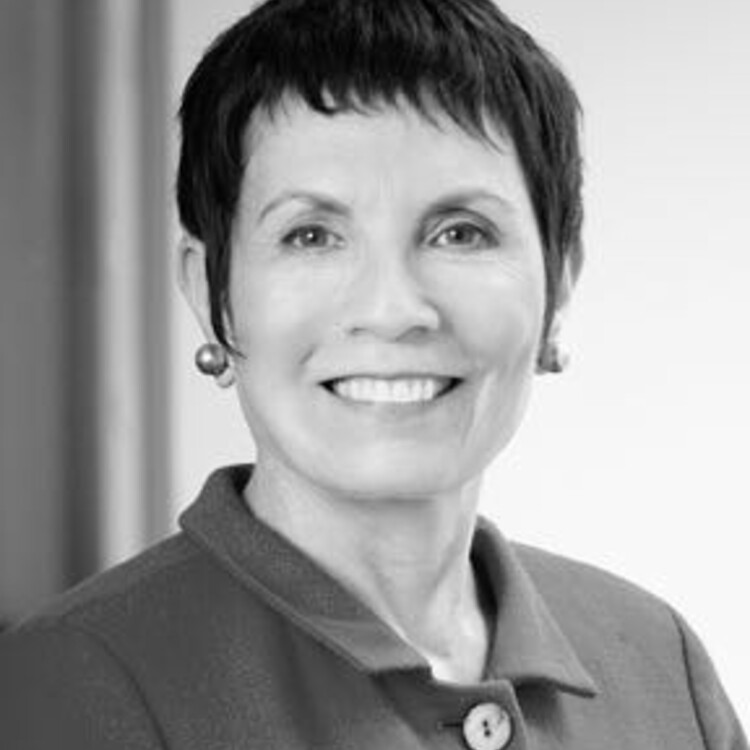
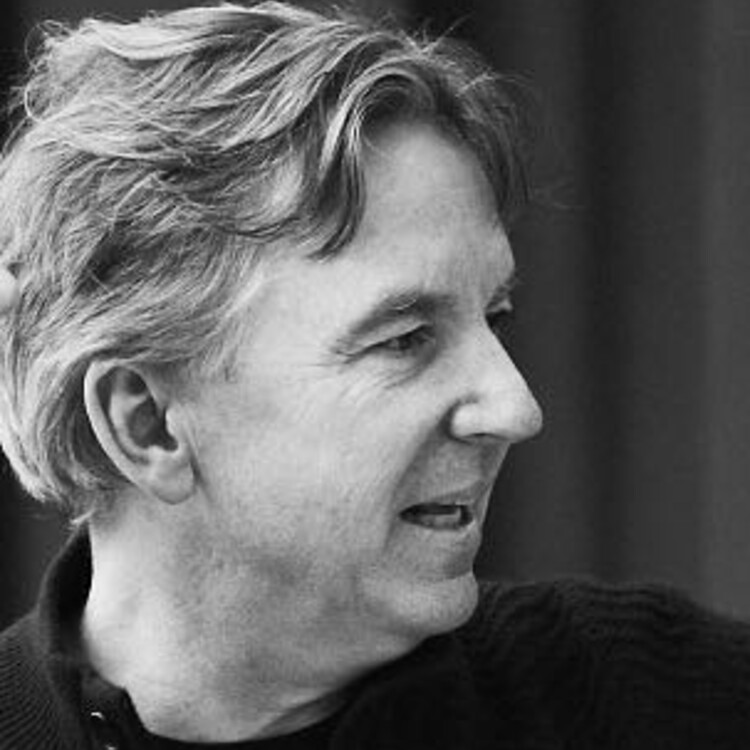
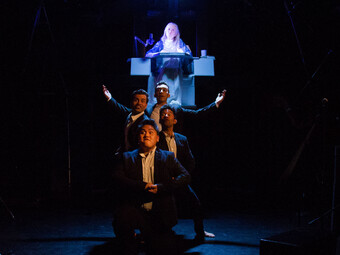

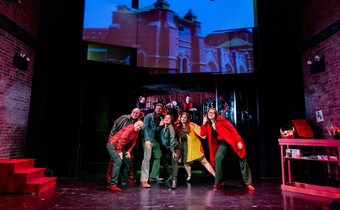


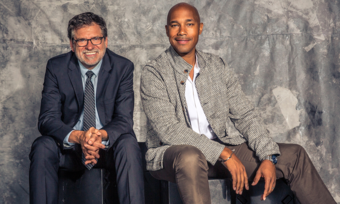


Comments
The article is just the start of the conversation—we want to know what you think about this subject, too! HowlRound is a space for knowledge-sharing, and we welcome spirited, thoughtful, and on-topic dialogue. Find our full comments policy here
Lovely work, Fran. And vital. Thank you for doing these essays.